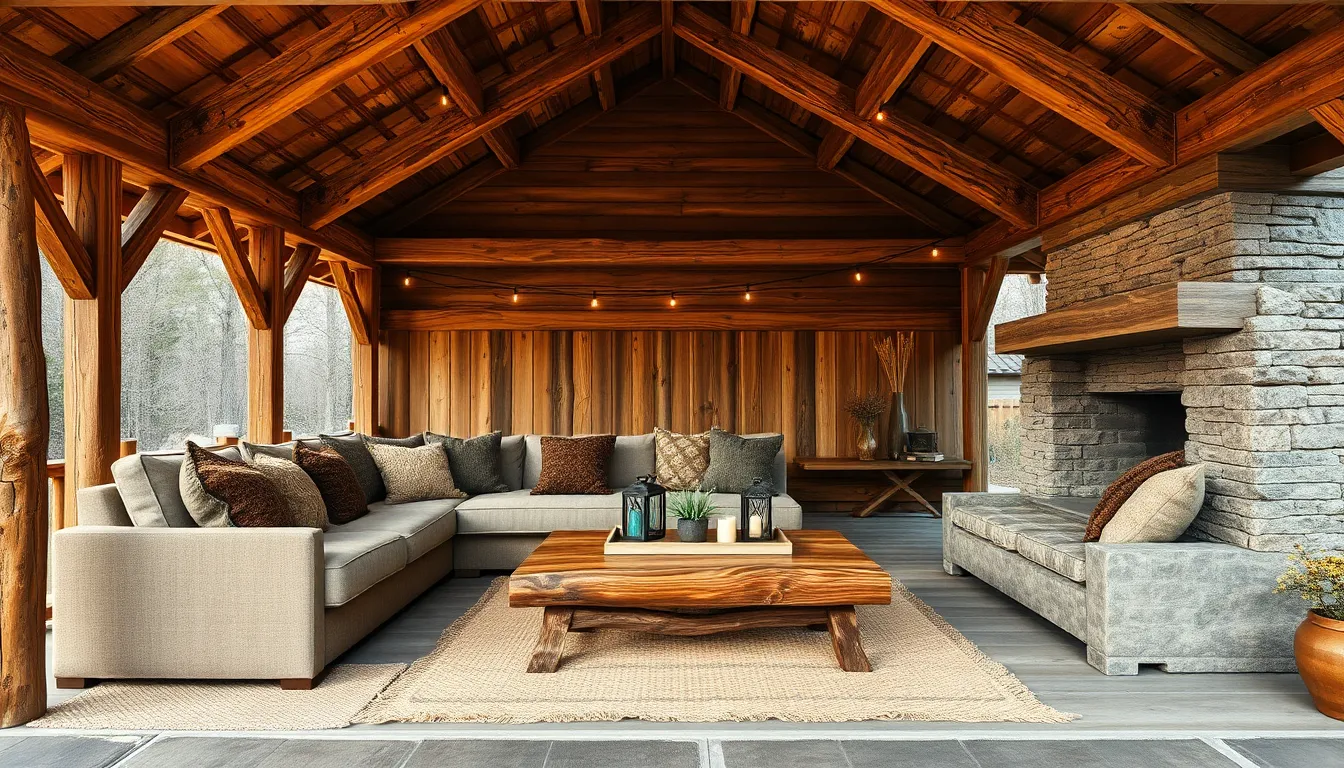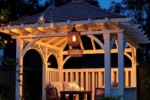Creating a rustic shelter that feels both inviting and comfortable can transform your outdoor space into a cherished retreat. Whether you’re just starting to explore outdoor living or have years of experience, thoughtful styling is key to blending natural charm with cozy functionality.
In this article, you’ll discover practical tips for selecting textures, arranging furniture, and incorporating lighting that enhances warmth and ease. With these approachable ideas, you’ll confidently craft a rustic shelter that welcomes relaxation and connection all year round.
Choose Cozy Rustic Furnishings
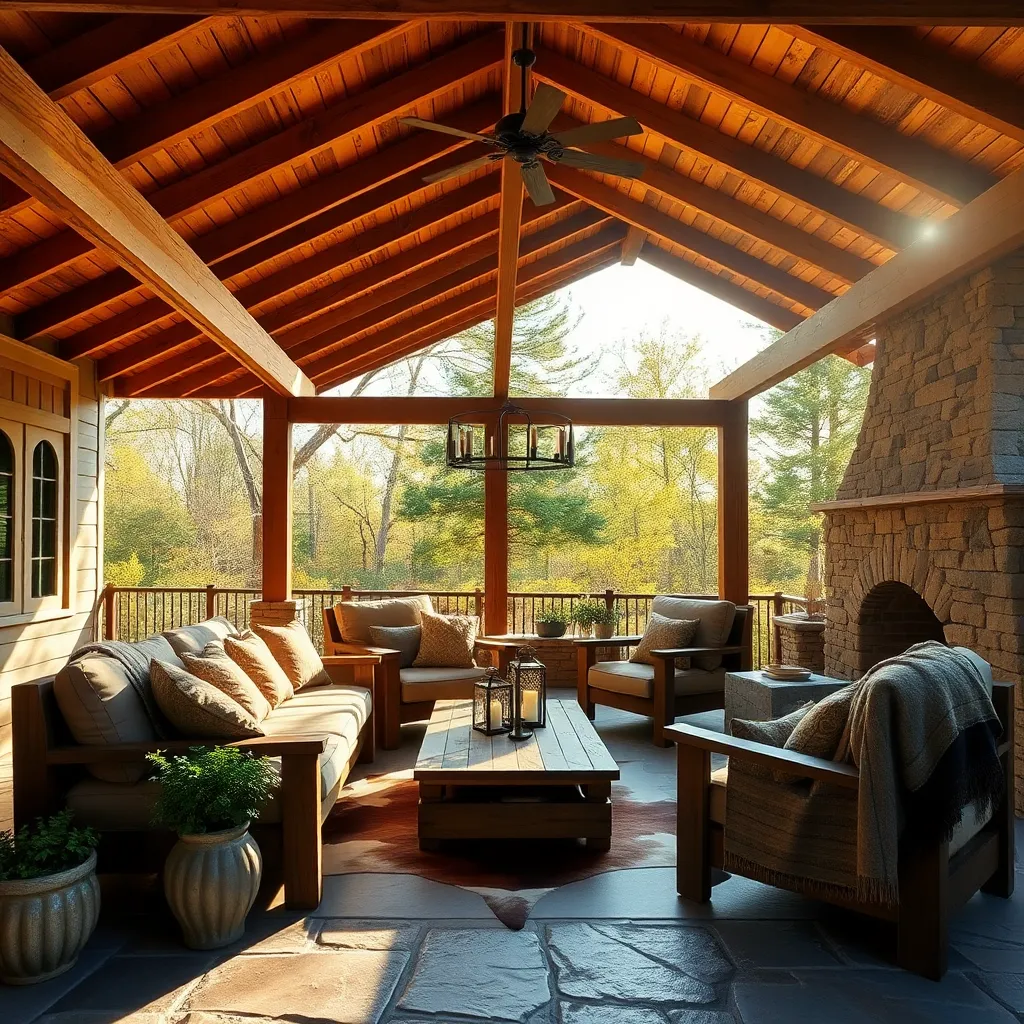
Start by selecting furnishings made from natural materials like reclaimed wood, wrought iron, or rattan to maintain the rustic aesthetic. Choose pieces with simple, sturdy construction—such as a bench or rocking chairs with visible wood grain and hand-forged metal accents—that invite relaxation and durability. For seating, ensure cushions are weather-resistant and filled with quick-drying foam to keep comfort high without sacrificing rustic charm.
Enhance coziness by layering textiles like wool or cotton throws and pillows in earth tones or plaids, which complement the rustic vibe. For advanced styling, consider incorporating built-in wooden storage benches or a handcrafted log coffee table to maximize space and functionality. Keep furniture dimensions proportional to your shelter size; for example, a 48-inch wide bench fits well in smaller areas while allowing enough room to move freely.
Incorporate Warm Textiles and Rugs
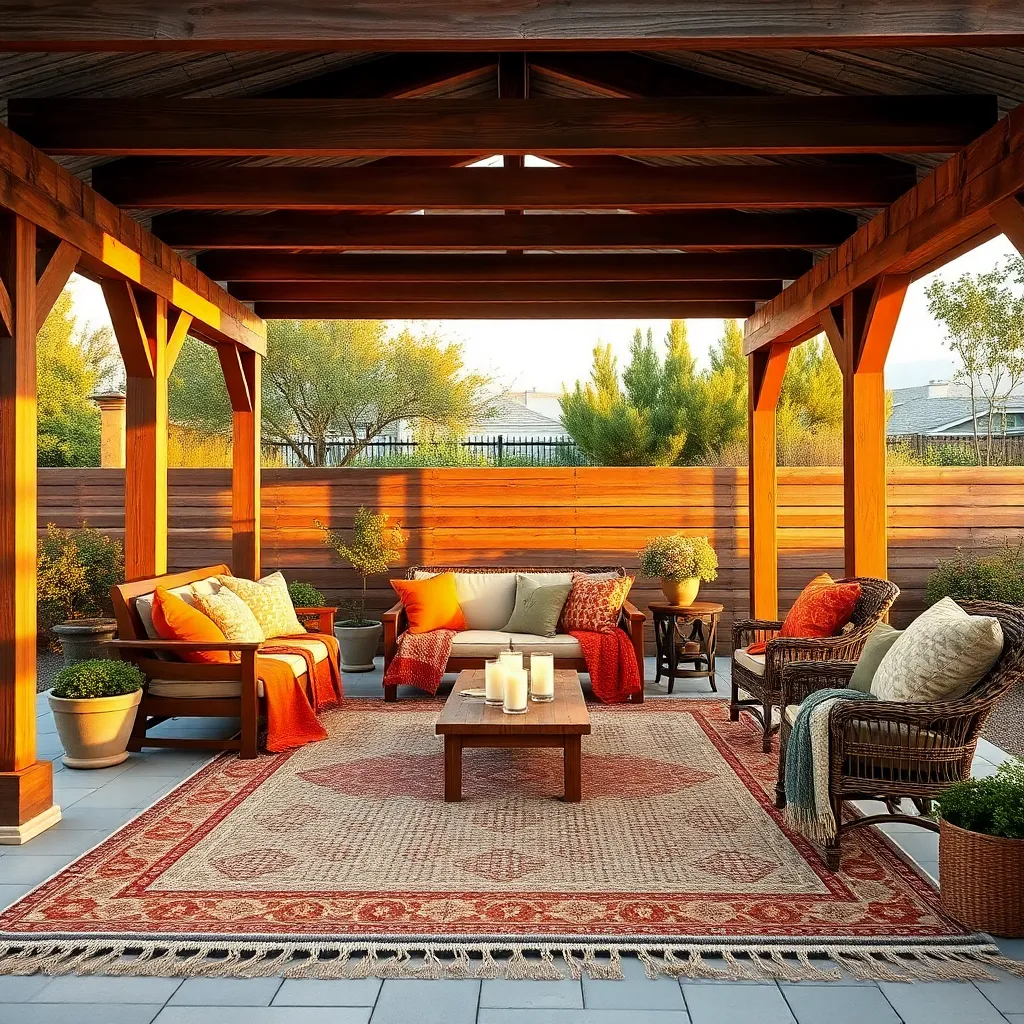
Adding warm textiles and rugs instantly transforms a rustic outdoor shelter into a cozy retreat. Opt for durable, weather-resistant fabrics like wool, outdoor-rated cotton, or synthetic blends that can withstand moisture and sunlight. Layer plush cushions and throws in earthy tones or natural patterns to complement the rustic vibe while providing comfort and warmth.
For an elevated look, choose large, textured rugs made from materials such as jute or polypropylene, which are perfect for outdoor use and easy to clean. Ensure your rug is sized generously—ideally at least 8×10 feet—to cover the main seating area and create a unified, inviting space. Incorporate rugs with subtle patterns or muted colors to enhance the natural, rustic aesthetic without overpowering the setting.
Add Ambient Lighting Elements
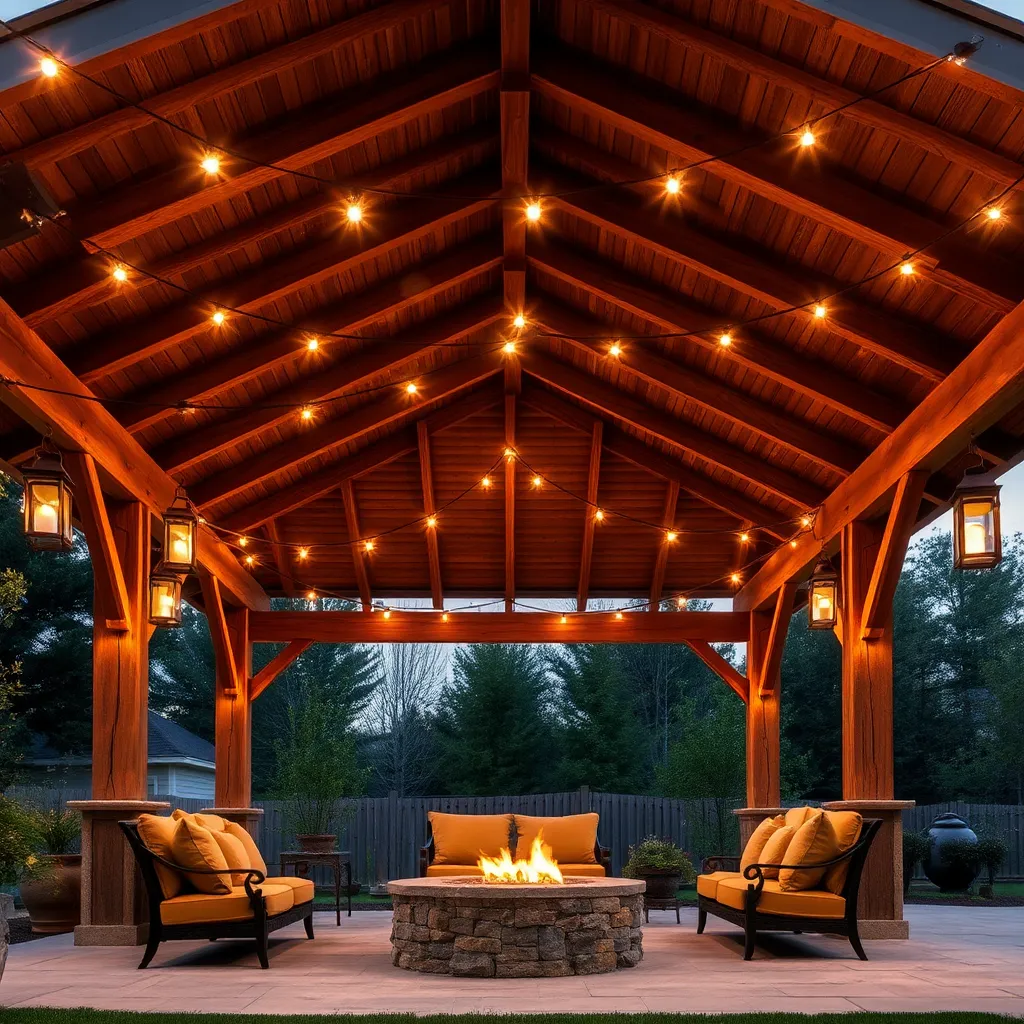
To create a cozy and inviting atmosphere in your rustic shelter, install warm-toned ambient lighting such as string lights or lanterns. Opt for weather-resistant materials like copper or wrought iron fixtures that complement natural wood and stone textures. For beginners, solar-powered string lights offer an easy, energy-efficient solution without complex wiring, while experienced homeowners can enhance ambiance with dimmable LED lanterns mounted on wooden beams or posts.
Maximize comfort and style by layering different light sources at varying heights to avoid harsh shadows and create depth. Consider adding mason jar sconces or vintage-style Edison bulbs to reinforce the rustic charm. For a professional touch, install low-voltage landscape lighting around seating areas and pathways, ensuring safe navigation and an enchanting glow that extends your shelter’s usability well into the evening.
Integrate Natural Decorative Accents
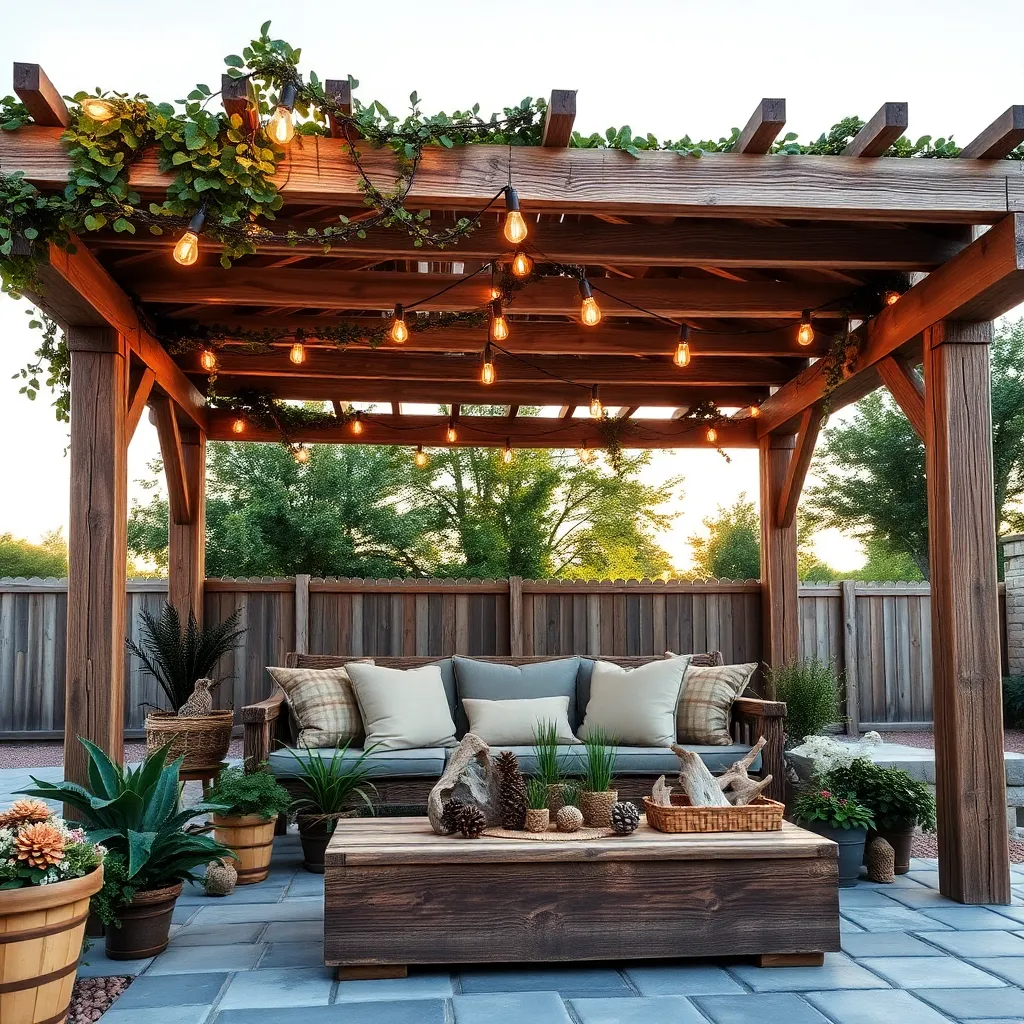
Incorporate natural materials like reclaimed wood, stone accents, and woven baskets to enhance the rustic charm of your shelter. These elements not only blend seamlessly with outdoor surroundings but also add texture and warmth. For a simple upgrade, consider installing a stone base for your seating area or using driftwood as curtain rods to showcase your creativity while keeping the look authentic.
To elevate your design further, integrate living decorations such as potted ferns, hanging planters, or a vertical herb garden. Choose durable containers made from terracotta or galvanized metal that withstand outdoor conditions and complement rustic aesthetics. For advanced styling, build a custom planter box with rough-hewn wood and attach it to the shelter’s frame, creating a functional green wall that boosts comfort and air quality.
Arrange Functional Comfort Zones
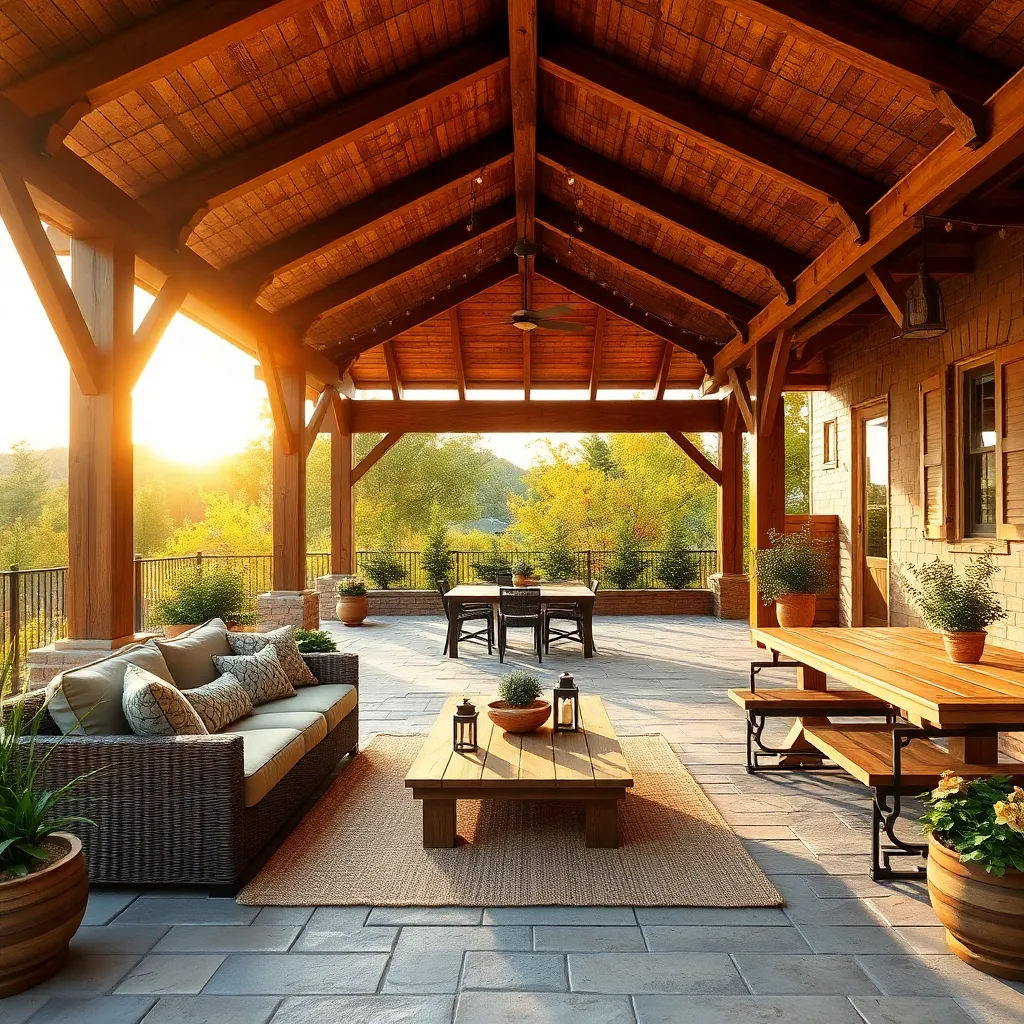
Creating distinct comfort zones within your rustic shelter enhances both functionality and relaxation. Start by designating specific areas for lounging, dining, and storage using natural dividers like reclaimed wood screens or potted plants. Incorporate durable, weather-resistant materials such as teak or cedar furniture, and consider layering with cozy textiles like wool or canvas cushions for added warmth and texture.
For a more polished setup, define each zone with purposeful lighting and flooring choices. Use soft string lights or lanterns to create inviting ambiance around seating areas, while a sturdy outdoor rug can visually separate the dining space. Advanced tip: install modular benches with built-in storage to maximize space efficiency and maintain the rustic charm without clutter.
Conclusion: Creating Beautiful Outdoor Spaces
Creating a cozy, rustic shelter isn’t just about style—it’s about nurturing the heart of your relationship through intentional comfort and shared spaces. We explored five key concepts: embracing natural textures to invite warmth, layering soft textiles for tactile connection, incorporating personalized décor that tells your story, optimizing lighting to foster intimate moments, and designing versatile areas that encourage togetherness. Each element acts as a quiet conversation, deepening your bond and making your home a true sanctuary.
Your next step? Choose one cozy corner in your shelter and transform it today—add a plush throw, a cherished photo, or a warm candle. Small actions like these create lasting feelings of comfort and connection.
Be sure to save or bookmark this article so you can revisit these ideas whenever you want to refresh your space and relationship. Remember, creating a nurturing environment is an ongoing journey that builds a foundation for lasting love and happiness. With every thoughtful touch, you’re crafting not just a home, but a thriving partnership. Keep nurturing it—you deserve that comfort and joy together.

